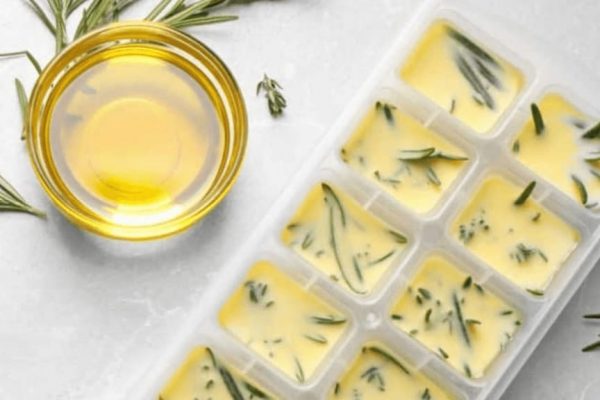
In today’s busy lifestyle, it’s easy to buy more food than we can finish in a few days. Freezing is one of the simplest ways to keep ingredients fresh, cut down on waste, and make meal prep much easier. Whether it’s fresh vegetables from the local pola, meat from your trusted butcher, or fruits from the weekend market, knowing how to freeze them the right way will save you both time and money. But not every food loves the freezer! Let’s explore what works, what doesn’t, and how to keep your frozen goodies tasting fresh.
1. The Golden Rule of Freezing
Once food has been thawed, avoid refreezing it unless it’s been cooked first. For example, if you defrost chicken, cook it into a curry, and have leftovers—those cooked leftovers can be safely frozen again.
2. Wrapping Matters
To prevent “freezer burn” (when food gets dry and loses flavor), always store it in airtight containers or wrap it tightly in cling film or freezer-safe bags.
3. How to Freeze Like a Pro
- Herbs
Soft herbs like basil and coriander lose color and flavor when frozen. But rosemary, thyme, lemongrass, chives, and mint freeze beautifully. Chop them and store in ice cube trays with water for soups or with oil for stir-fries. - Eggs
Whole eggs or yolks don’t freeze well, but egg whites can last up to 6 months. Beaten eggs can be frozen for 2–3 months—perfect for your next baking day. - Bread
Wrap well and use within a month for best taste. While it can last up to 6 months, fresher is better. - Vegetables
High-water veggies like tomatoes and cucumbers become mushy after freezing. But broccoli, green beans, pumpkin, and carrots do great—just blanch them in boiling water for 2 minutes, then cool before freezing. - Meat
Raw meat can be frozen for up to 3–6 months, but it’s best eaten sooner. Once thawed, don’t refreeze raw meat—cook it first. - Fruits
Berries like blueberries and raspberries freeze well. Strawberries get soft but are perfect for smoothies or desserts. Bananas freeze great—just peel, freeze on a tray, then store in a bag for milkshakes or banana bread. - Cheese
Grate before freezing. Hard cheeses like cheddar and gouda freeze better than soft cheeses. - Seafood
Freeze fish as soon as possible after buying. Use within 1–3 months for best quality. - Milk
Milk freezes well for up to a month—just shake it after thawing to fix any separation. - Broth & Rice
Freeze broth in small portions for easy use. Cooked rice can be cooled and stored in airtight bags for a quick meal later. - Leftovers
From a Sri Lankan curry to homemade dhal, leftover meals freeze beautifully. Just label with the date to keep track.
4. Thawing Safely
The safest method is to thaw food in the fridge. If you need it faster, use cold water or the microwave’s defrost setting—but cook immediately after.
Freezing food isn’t just about convenience—it’s a smart way to save money, reduce waste, and keep your meals tasting fresh. By following these simple tips, you can stock up on seasonal produce, prepare meals ahead, and always have something delicious ready to cook. So the next time you bring home extra veggies from the super market or make a big pot of curry, remember: your freezer is your best friend in the kitchen!